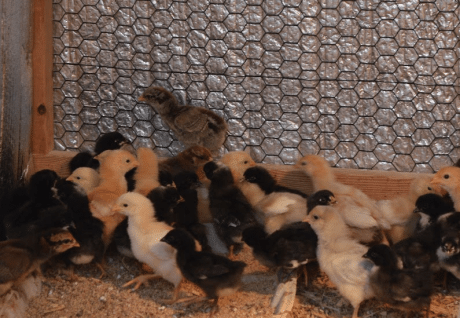Raising Poultry Increasingly a “Raw Deal” for Alabama Farmers
In the U.S., poultry production has risen leaps and bounds over the past several decades. It’s now an almost $50 billion industry. Alabama is located in the heart of what’s considered the agricultural “chicken belt” of America. In 2013, Alabama farms produced roughly 1 billion chickens. While that may make it sound like the state’s poultry farming economy is healthy, farmers tell a different story. A mere two companies control about 40 percent of the U.S. chicken market. Additionally, every one of Alabama’s chickens is produced by contract famers, and some of these farmers tell the weekly newspaper WELD that they’re getting a raw deal.
“A generation ago, before the practice of contract farming took over, the majority of farmers in Alabama (and elsewhere) owned their own chickens,” writes Cody Owens in this week’s WELD. “Now, there is not a single privately owned chicken farm in the state. It is not uncommon for farmers to take out $1 million loans in order to build houses and obtain a contract with a major company like Tyson or Pilgrim that control a large portion of the market.”
For more, WBHM’s Rachel Osier Lindley spoke with Nick Patterson, editor of WELD. Patterson joins WBHM most Thursdays during All Things Considered.
Russia sends 3 Iranian satellites into orbit, report says
The report said that a Russian rocket sent the satellites on Sunday from a launchpad in eastern Russia.
Viral global TikToks: A twist on soccer, Tanzania’s Charlie Chaplin, hope in Gaza
TikToks are everywhere (well, except countries like Australia and India, where they've been banned.) We talk to the creators of some of the year's most popular reels from the Global South.
This painting is missing. Do you have it?
An important work from a rediscovered artist has been absent from public view since the 1970s. A New York curator is hunting for it.
Memory loss: As AI gobbles up chips, prices for devices may rise
Demand for memory chips currently exceeds supply and there's very little chance of that changing any time soon. More chips for AI means less available for other products such as computers and phones and that could drive up those prices too.
Brigitte Bardot, sex goddess of cinema, has died
Legendary screen siren and animal rights activist Brigitte Bardot has died at age 91. The alluring former model starred in numerous movies, often playing the highly sexualized love interest.
For Ukrainians, a nuclear missile museum is a bitter reminder of what the country gave up
The Museum of Strategic Missile Forces tells the story of how Ukraine dismantled its nuclear weapons arsenal after independence in 1991. Today many Ukrainians believe that decision to give up nukes was a mistake.









